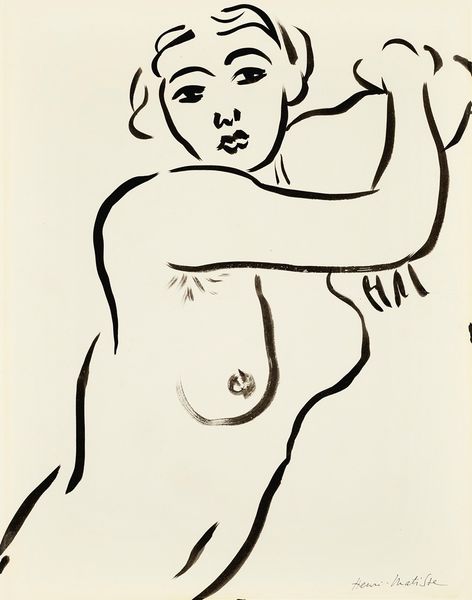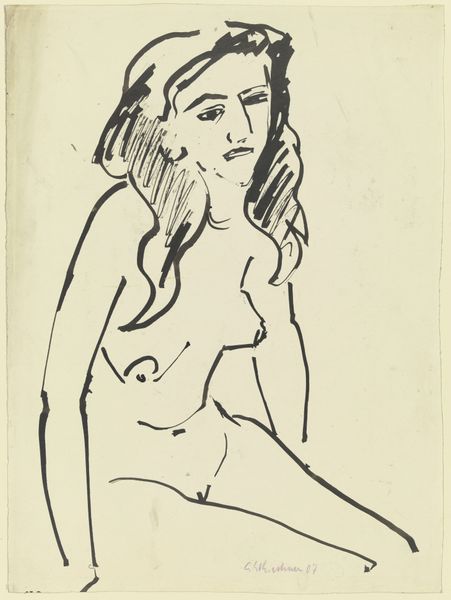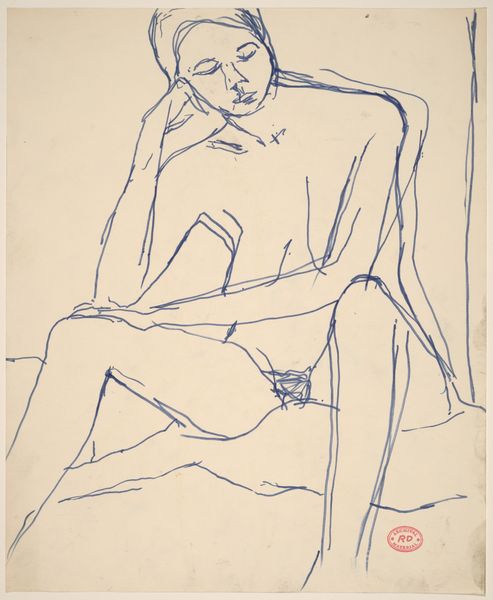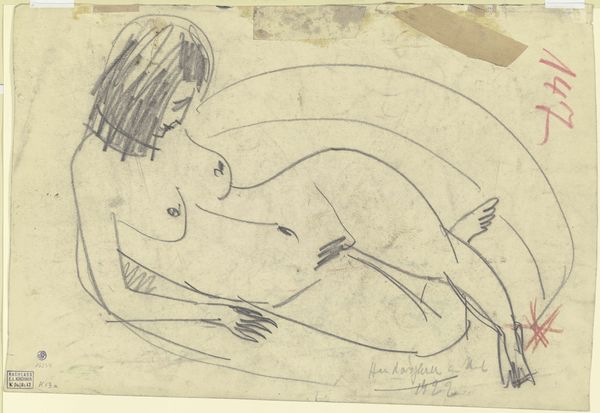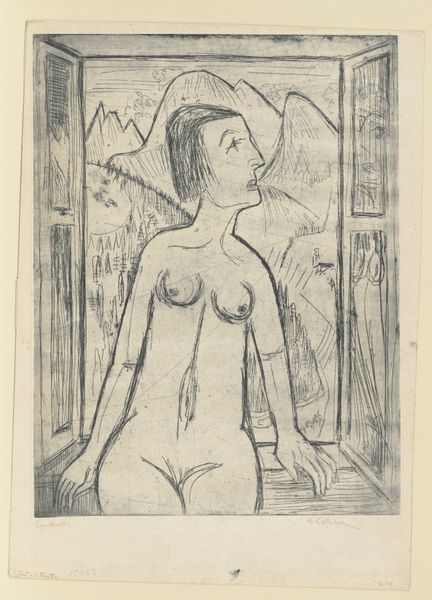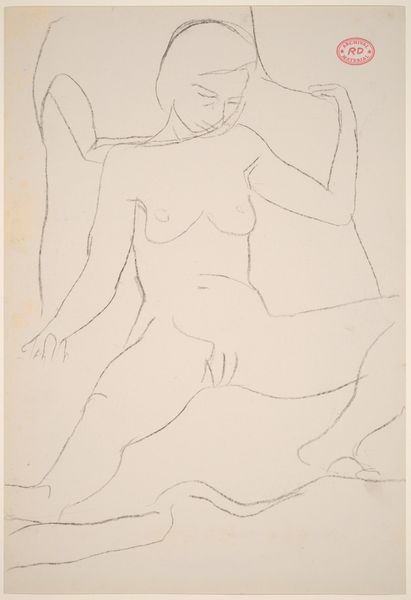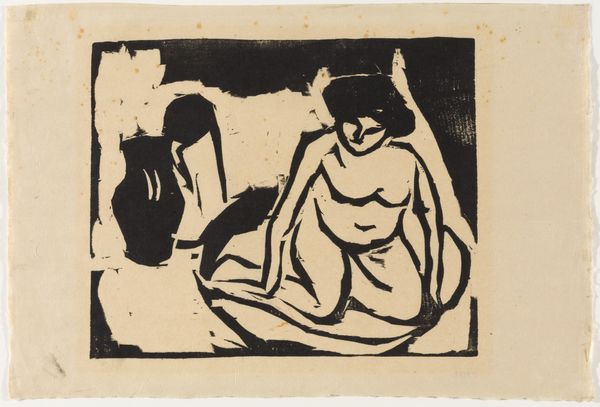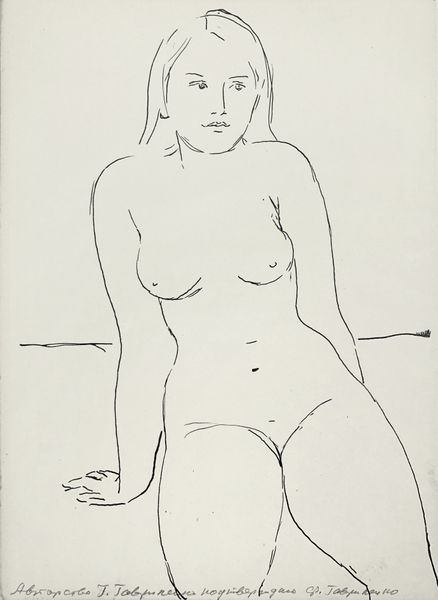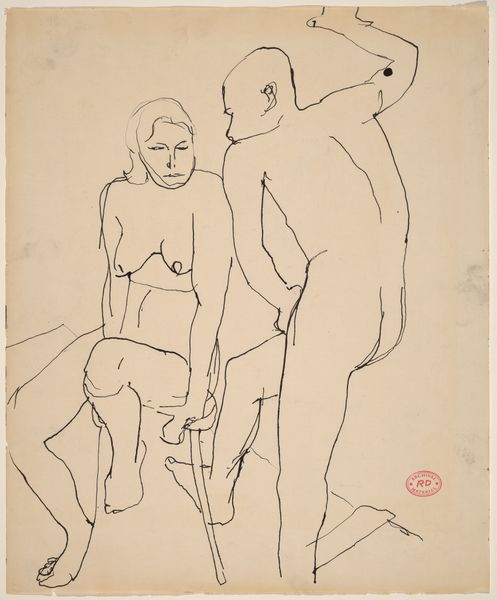
drawing, pencil
#
17_20th-century
#
drawing
#
self-portrait
#
german-expressionism
#
figuration
#
german
#
pen-ink sketch
#
pencil
#
expressionism
#
line
#
sketchbook drawing
#
nude
Copyright: Public Domain
Editor: Here we have "Zwei Mädchenakte vor einem Bildnis," which roughly translates to Two Female Nudes before a Portrait, a drawing by Ernst Ludwig Kirchner around 1910. The raw, sketchy quality gives it a very immediate, almost urgent feeling. What stands out to you? Curator: This drawing speaks volumes about the social and artistic circles Kirchner inhabited. Consider the quick, almost furtive nature of the lines; what kind of paper was readily available and inexpensive? Whose time was being spent and under what pressures? It hints at the working conditions, the very material circumstances in which this piece came into being. The apparent "roughness" is not just stylistic, it is born of labor and economics. Editor: So, you're saying the materials themselves reflect something deeper about the time? Curator: Exactly. The drawing isn't simply a representation of two nudes and a portrait. It embodies a whole network of relations – Kirchner’s access to materials, the model's time, even the purpose and eventual consumption of the art itself. What do you imagine those factors were in Dresden in 1910? Were these casual studies, or preparatory drawings for something more 'high-art'? Editor: That’s fascinating! I hadn’t considered the type of paper, pencil and ink as having any real significance, other than for, you know, just putting marks on the paper. It does make you wonder about who these figures might have been as well... Curator: Precisely. Thinking materially allows us to break down traditional hierarchies that position "art" as separate from the everyday realities of production and consumption. By considering labor and economic relations you ask critical questions of how "fine art" itself is constructed. Editor: I’m beginning to see it differently now. Looking closely at artmaking with these issues in mind does makes it much richer and challenging. Thanks.
Comments
No comments
Be the first to comment and join the conversation on the ultimate creative platform.
